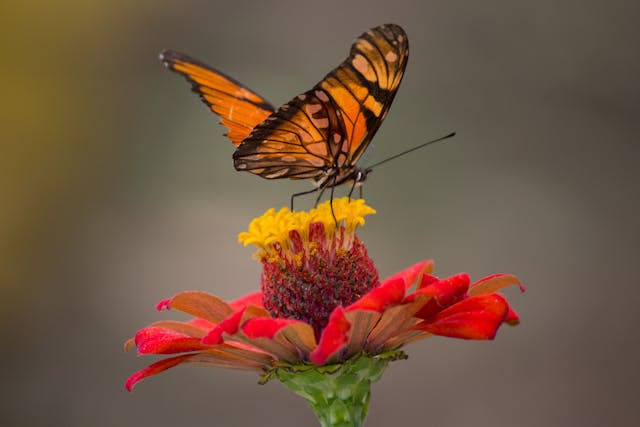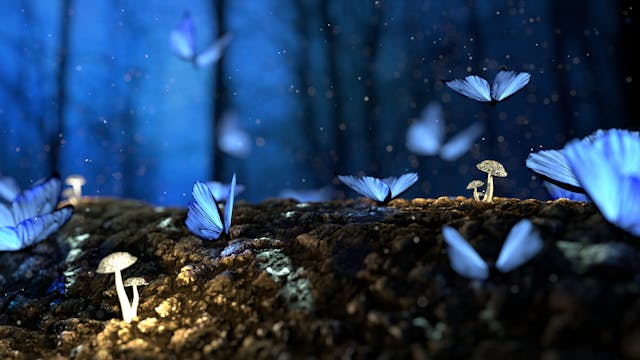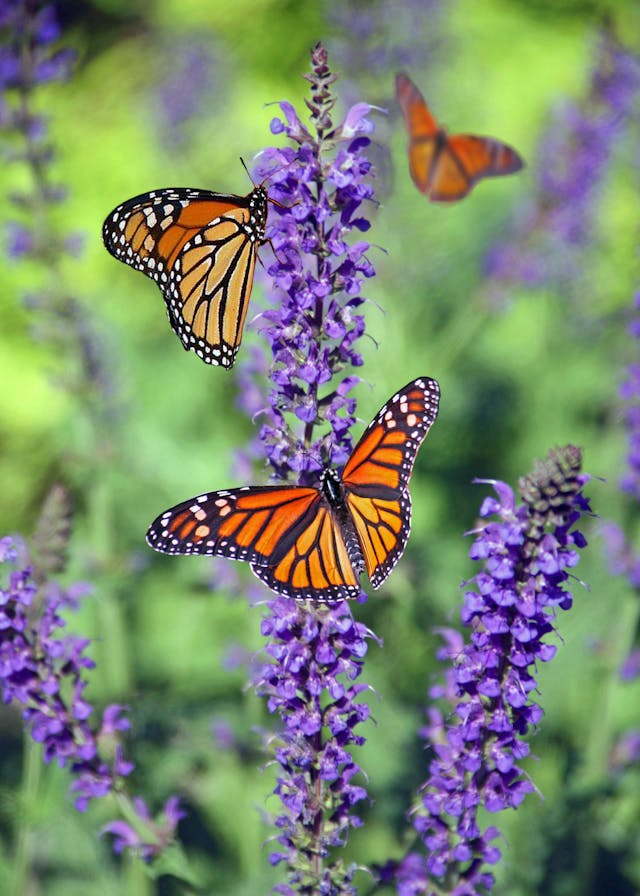Butterflies are more than just beautiful creatures; they play a crucial role in our ecosystems, benefiting nature, the Earth, and us. These delicate insects are essential pollinators, helping flowers, fruits, and vegetables reproduce. Without butterflies, many plants would struggle to survive, disrupting food chains and ecosystems. Butterflies inhabit diverse environments, from tropical rainforests to meadows, gardens, and even urban areas. They thrive in places rich in nectar sources and host plants for their larvae. Family-wise, butterflies belong to the order Lepidoptera, which also includes moths. They undergo complete metamorphosis, transforming from eggs to caterpillars, then pupae, and finally adults.

The life cycle of a butterfly consists of four distinct stages: egg, larva (caterpillar), pupa (chrysalis), and adult butterfly. It begins when a female butterfly lays eggs on a host plant. After a few days, the eggs hatch into larvae, or caterpillars, which feed voraciously on leaves, growing rapidly and shedding their skin several times. Once fully grown, the caterpillar forms a pupa, also known as a chrysalis. Inside the chrysalis, a remarkable transformation occurs as the caterpillar undergoes metamorphosis, reorganizing into the structures of a butterfly. After a period of time, the fully developed butterfly emerges from the chrysalis, ready to begin the cycle anew by finding a mate and laying eggs. This process not only illustrates the wonder of nature’s adaptability but also highlights the complex and intricate development stages that lead to the creation of one of the most admired insects in the natural world.
Butterflies contribute to biodiversity and indicate a healthy environment. Their presence signals a balanced ecosystem, as they are sensitive to changes in the environment, such as pollution and climate change. This makes them valuable bioindicators for scientists. To support butterflies, we can plant native flowers like milkweed, coneflowers, and butterfly bush, which provide nectar for adults and leaves for caterpillars. Avoiding pesticides and creating butterfly-friendly habitats can significantly impact their survival. Imagine your garden brimming with the vibrant hues of butterflies fluttering from flower to flower, a testament to your efforts in preserving these delicate pollinators. Make a positive impact on the environment while enjoying the beauty of a butterfly-friendly garden—start planting today!

The symbiotic relationship between butterflies and Mother Nature is evident in how they depend on plants for sustenance, while plants rely on them for pollination. Butterflies add beauty to our world and remind us of the intricate connections within nature. By fostering environments that support butterflies, we help maintain ecological balance, promote biodiversity, and ensure the health of our planet. Embracing and protecting these enchanting creatures enriches our lives and preserves the delicate web of life.
Click on the highlighted link to learn more about another amazing pollinator, as we wouldn’t be here without them. The fascinating world of the ‘Bumble Bee’.


Pingback: The Enchanting World of Hummingbirds: Nature’s Tiny Marvels – Nomadify
Pingback: Healing Plants For Your Garden – Nomadify